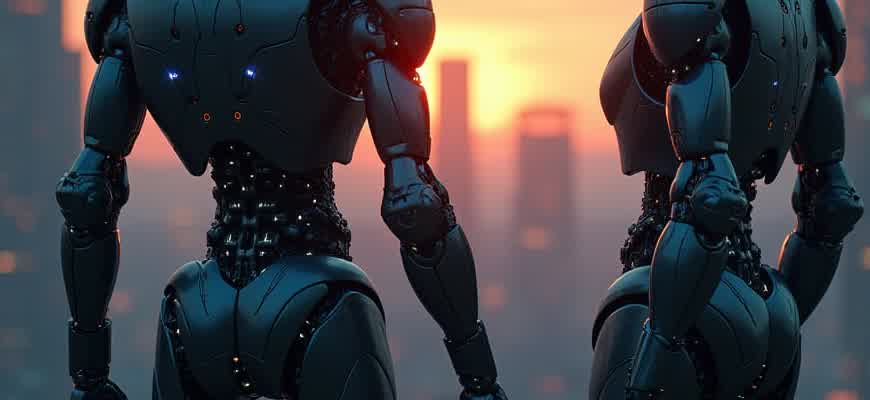Custom Traffic Car

The concept of a custom traffic car refers to a vehicle that has been modified to enhance its performance, aesthetics, or functionality in various ways. These modifications can be anything from upgrading the engine for better speed and power to altering the exterior design for a more unique or personalized look.
Custom traffic cars are popular among car enthusiasts who want to stand out on the road or improve the driving experience. Some common modifications include:
- Engine upgrades (turbocharging, tuning, etc.)
- Suspension adjustments for better handling
- Custom body kits and paint jobs
- Interior modifications like custom upholstery
Key benefits of custom traffic cars:
Custom traffic cars offer better performance, enhanced aesthetics, and personalized driving experiences.
Here’s a simple breakdown of the most popular modifications:
| Modification | Purpose |
|---|---|
| Engine Tuning | Improves horsepower and acceleration |
| Custom Body Kits | Enhances aerodynamics and visual appeal |
| Suspension Upgrades | Improves handling and stability |
Choosing the Right Customization Options for Your Traffic Car
When customizing a traffic car, it's crucial to select modifications that not only enhance the vehicle's aesthetic appeal but also improve its functionality in realistic traffic simulations. The right customizations can make your car stand out on the road while optimizing its performance for various driving conditions. This process involves selecting both visual and mechanical upgrades based on your preferences and the goals of your traffic simulation experience.
To begin, you'll need to consider a combination of factors such as performance, handling, and visual elements. Customization options vary widely, so understanding the key components of your traffic car will help you choose modifications that enhance both its appearance and its on-road behavior. Here are some essential aspects to consider during your selection process.
Performance and Handling Upgrades
- Engine Tuning: A high-performance engine will provide better acceleration and top speed, ideal for city driving simulations with high traffic density.
- Suspension System: Upgrading your suspension improves handling, making the car more stable when navigating through sharp turns or uneven surfaces.
- Braking System: Performance brakes are essential for ensuring safety during fast-paced traffic scenarios, providing quicker stopping distances.
Aesthetic Customizations
- Body Kits: Aerodynamic body kits can give your traffic car a more aggressive or sleek look, while also potentially improving speed by reducing drag.
- Paint and Wraps: Choose vibrant, eye-catching paint jobs or wraps to make your vehicle stand out in a crowded environment.
- Wheel Design: Custom rims and tires not only add style but can also contribute to better grip and handling on various road surfaces.
Recommended Customization Priorities
| Customization Type | Priority | Purpose |
|---|---|---|
| Engine Tuning | High | Increase speed and acceleration for realistic traffic interaction. |
| Suspension | Medium | Enhance car stability and handling in various traffic situations. |
| Paint Job | Low | Improve aesthetic appeal and visibility on the road. |
“The right balance between performance and style is key. Consider how each modification affects not just the look but also the feel of the car in the traffic simulation environment.”
How to Create an Eye-Catching Traffic Vehicle Wrap
Designing a custom vehicle wrap that stands out requires more than just slapping on a logo or colorful graphics. The goal is to ensure that the design grabs attention, communicates a clear message, and reflects the brand’s identity effectively. Successful vehicle wraps integrate visual elements in a way that attracts passersby while maintaining readability and clarity at high speeds.
When planning a traffic car wrap, focus on key design principles like color contrast, simplicity, and brand coherence. Each aspect of the design should work together to create a cohesive and memorable impression on potential customers. Below are some crucial elements to consider for a high-impact wrap.
Key Elements for an Effective Traffic Car Wrap
- Color Contrast: Choose bold, contrasting colors that stand out from the surrounding environment. Bright colors like red, yellow, or orange often catch attention quickly.
- Simple Messaging: Keep text minimal and to the point. Too much information can overwhelm viewers and make it hard to read from a distance.
- Branding Consistency: Ensure your company’s logo, font, and color palette are clearly reflected in the design.
- Clear Call-to-Action: If possible, include a call-to-action that’s easy to spot, such as a phone number or website link.
Design Tips for Maximum Impact
- Prioritize Visibility: The wrap design should be legible and clear even at high speeds or from afar. Avoid overly complicated designs that could confuse the viewer.
- Leverage the Vehicle’s Shape: Use the natural lines of the vehicle to guide the design, ensuring that the wrap fits seamlessly with the car’s shape and enhances the overall look.
- Stay Consistent Across Media: The wrap should align with your other advertising materials, ensuring brand recognition across all platforms.
Design Checklist
| Consideration | Why It Matters |
|---|---|
| Color Scheme | Strong colors can draw attention, but they must also work harmoniously to avoid clashing. |
| Message Clarity | Concise and legible text ensures that your message is received instantly. |
| Logo Placement | The logo should be prominently displayed, allowing for easy recognition from a distance. |
| Durability | Choose materials that can withstand weather conditions and preserve the design over time. |
"An effective vehicle wrap should act as a mobile billboard, constantly advertising to a new audience wherever the car goes."